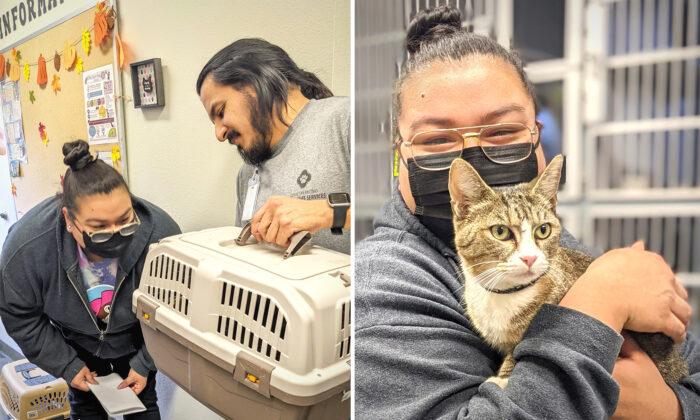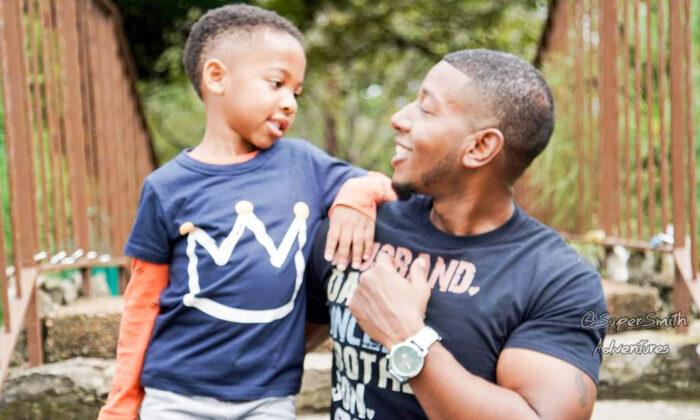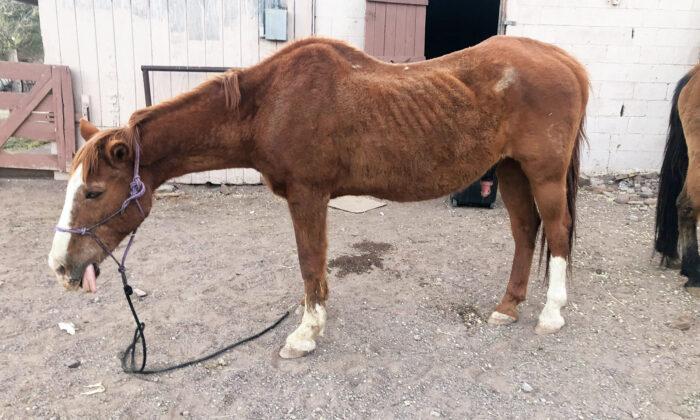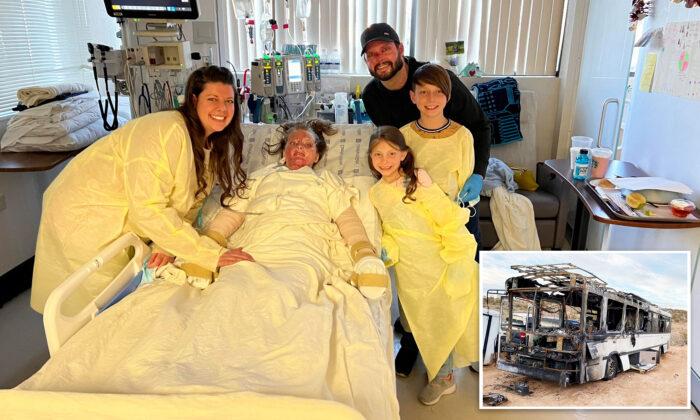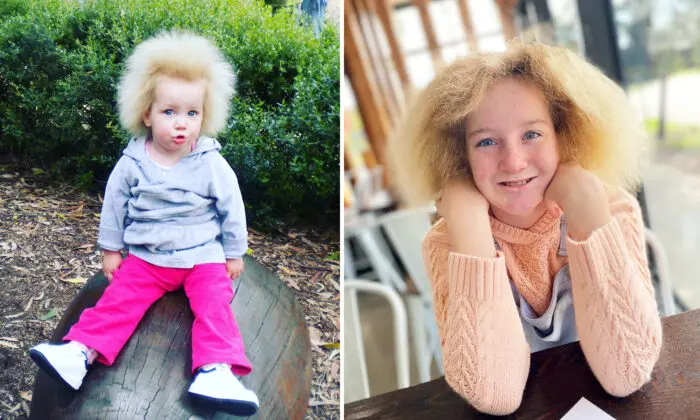Six years had passed since Amanda Flores had lost her cat, Monkey Face. Flores, who had given up on finding her missing pet, was skeptical when she received a phone call from San Antonio Animal Care Services, Texas.
The shelter informed her that Monkey Face had been found. She didn’t believe it. It had been so long.
Public relations and outreach manager Lisa Norwood told The Epoch Times that Flores agreed to come to the San Antonio Animal Care Services shelter and see for herself after assurances that Monkey Face’s microchip guaranteed her identity.

The reunion took place on Nov. 26, 2021, just after Thanksgiving. When Flores saw her cat, skepticism melted quickly into laughter and tears of joy. She was holding her pet again after half a dozen years.
“San Antonio Animal Care Services has to do a lot of detective work,” Norwood said. “She told staff she couldn’t believe that Monkey Face had been found after all this time. It was apparent she was thrilled to be reunited with her cat.”
Norwood said Monkey Face’s response was “typically feline-like, a little tepid” at first. But, she was purring when she left that day in the undeniable arms of her owner.
Reunions like this one “don’t happen by chance,” she said, adding that these are “part and parcel of the hard work” done by local animal shelters every day.

The hard work that brought Flores and her pet back together again involved a good dose of persistence and some plucky investigative skills.
Norwood said Monkey Face was first located on Nov. 14, 2021, near the entrance of a neighborhood in West San Antonio. Animal Care officer Adan Perez responded to a call about an injured cat and found Monkey Face breathing laboriously and unable to walk or stand. It appeared that she had been hit by a car.
As part of the procedure, Officer Perez scanned Monkey Face for a microchip to see if she had an owner. Microchips are currently a requirement by law for all cats and dogs in San Antonio. Using the microchip against the Animal Care Services database, Officer Perez found an address and an owner’s name: Amanda Flores.
Amanda Flores, however, was not at the address. When Officer Perez knocked on the door, the man who answered said no one named Flores lived there. Further, he did not know anyone by that name, and there was no one in the home who owned a cat. Officer Perez’s pursuit had dead-ended. He took the injured cat back to the shelter’s clinic for evaluation and treatment.

When a microchip is not registered or linked to updated contact information, Norwood says that Animal Care Services has a few options to try in order to track down an owner. One option is to wait for the owner to come to the shelter in search of the pet. However, Norwood says this is less common with cats, due to their natural tendency to roam.
“A cat being ‘gone’ for a few days would likely seem less unusual than a dog being missing,” she said. “In these cases, where a microchip cannot facilitate an immediate reunion, San Antonio Animal Care Services has to do a lot of detective work—but instead of being a missing person, it’s a missing pet.”
And so, it’s option two: the investigation begins.
The San Antonio Animal Care Services staff use their internal database and work with numerous microchip providers and their databases to follow a trail of leads. They ask questions, match data, and cross-reference phone numbers, addresses, utility records, and the like, in order to finally reconnect lost pets with their owners.
“In Monkey Face’s case, it took about two weeks to do that detective work until we got a hit,” Norwood said.
It was just in time, too. Upon being picked up, Monkey Face had been treated with pain medication and put on “cage rest.” Four days later, she was able to stand and walk again. When Animal Care Services located her owner, a recovering Monkey Face was waiting at the cat kennel.
The sweet scene of Flores and Monkey Face meeting each other again after six years reminds Norwood why the San Antonio Animal Care Shelter pushes to help animals in their community.

Norwood said that the shelter, a municipal shelter for the city of San Antonio, is one of the largest animal shelters in the country, and it is an open admission facility that brings in close to 30,000 animals annually. Their placement rate has been over 90 percent for the last five years.
Their mission: “to do everything we can to ensure San Antonio is a safe place for pets and people.”
Norwood encourages readers to visit www.saacs.net to learn more about San Antonio’s shelter, to see pets in their care, or to donate and help foster more reunions like the one between Flores and Monkey Face.

